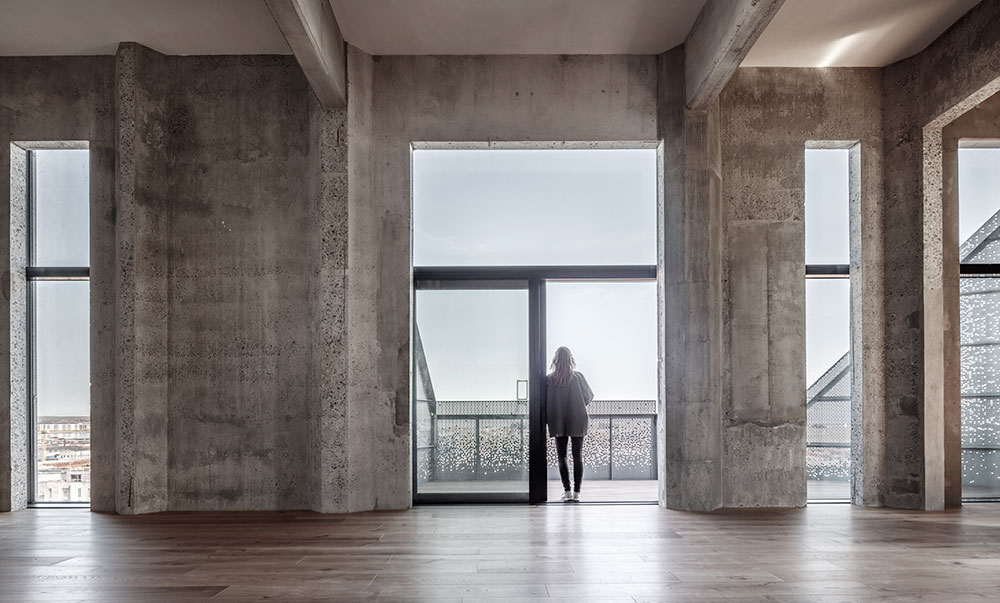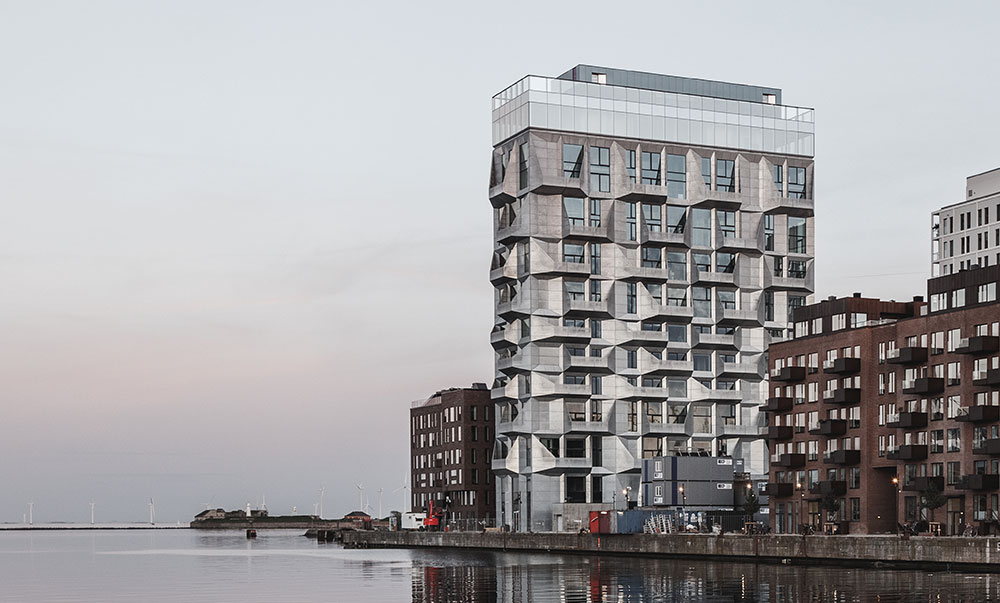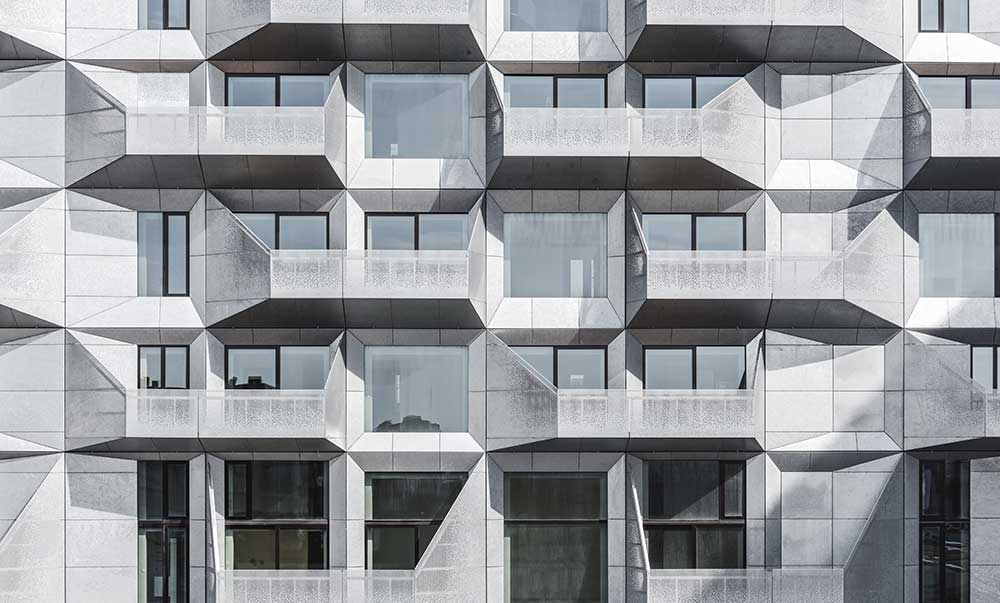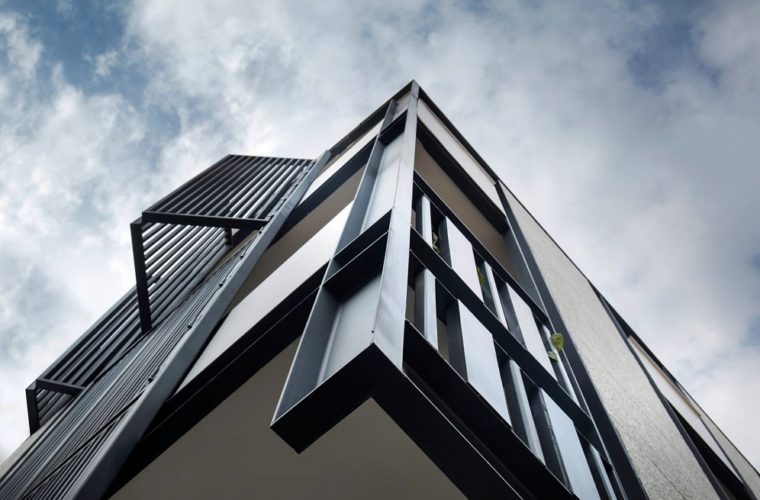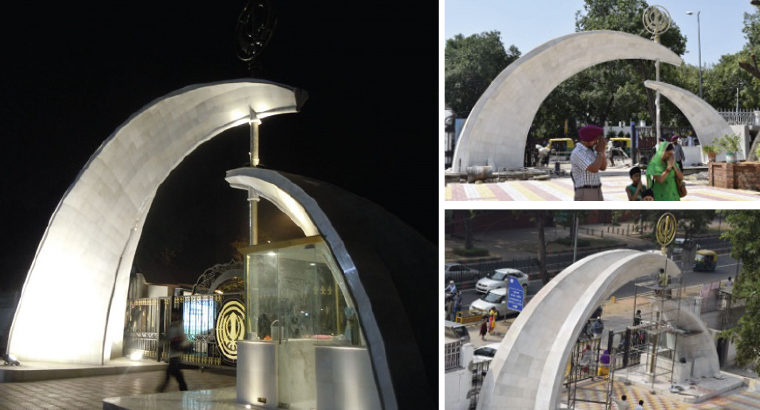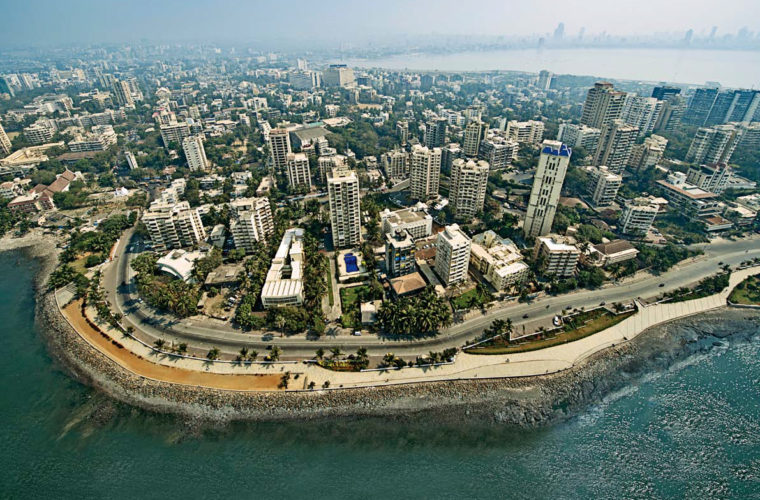The Silo
[qodef_dropcaps type=”normal” color=”#1d1d1d” background_color=””]T[/qodef_dropcaps]he Silo
Copenhagen, Denmark
Commission: COBE, Denmark
Photographer: Rasmus Hjortshøj – COAST
The centrepiece of Copenhagen’s Nordhavn (harbor area), a former 17-storey Industrial silo has been transformed into residential apartments and an event space. “We wanted to retain the spirit of The Silo as much as possible – both in terms of its monolithic exterior and majestic concrete interior, by simply draping it with a new overcoat,” explains Dan Stubbergaard, Founder and Creative Director of COBE, detailing their vision for the project.
The Danish architects converted the silo into 38 residential units and added event hosting and dining facilities on the upper and lower levels. Single and multi-level apartments, with floor heights of up to 7 meters, feature panoramic floor-to-ceiling windows and balconies offering expansive views of the city and the Oresund coast. The top floor consists of a mirrored glass box, which houses a restaurant with a 360-degree view of the city and the sea, while the ground floor is designed as a flexible event space.

The glass facade mirrors the surroundings in the day, and at night it is reminiscent of a lantern. The transformation was planned in a way that the new inhabitants and surrounding urban life would highlight the structure’s identity and heritage. Hence, the use of galvanized steel on the angular faceted exterior patinates in a raw way and retains the original character and material feel, besides serving as a climate shield.
“By revitalizing our industrial heritage, we discover new potential and highlight historical traces in our cities. They represent our history. By doing so, we can transform what many people today perceive as industrial trash into treasure,” explains Stubbergaard.


